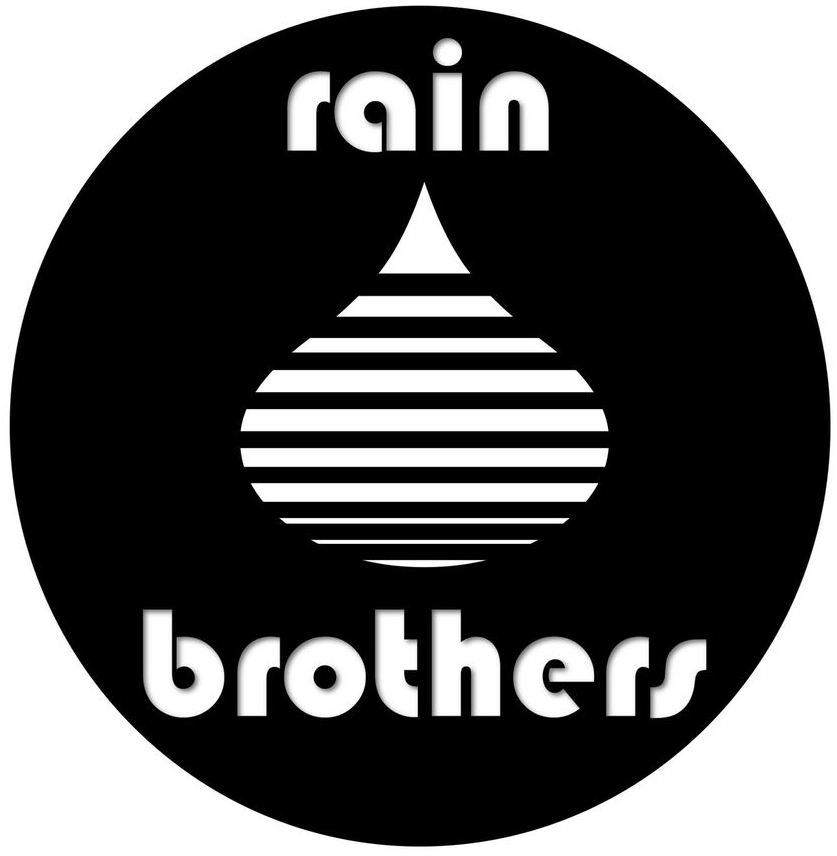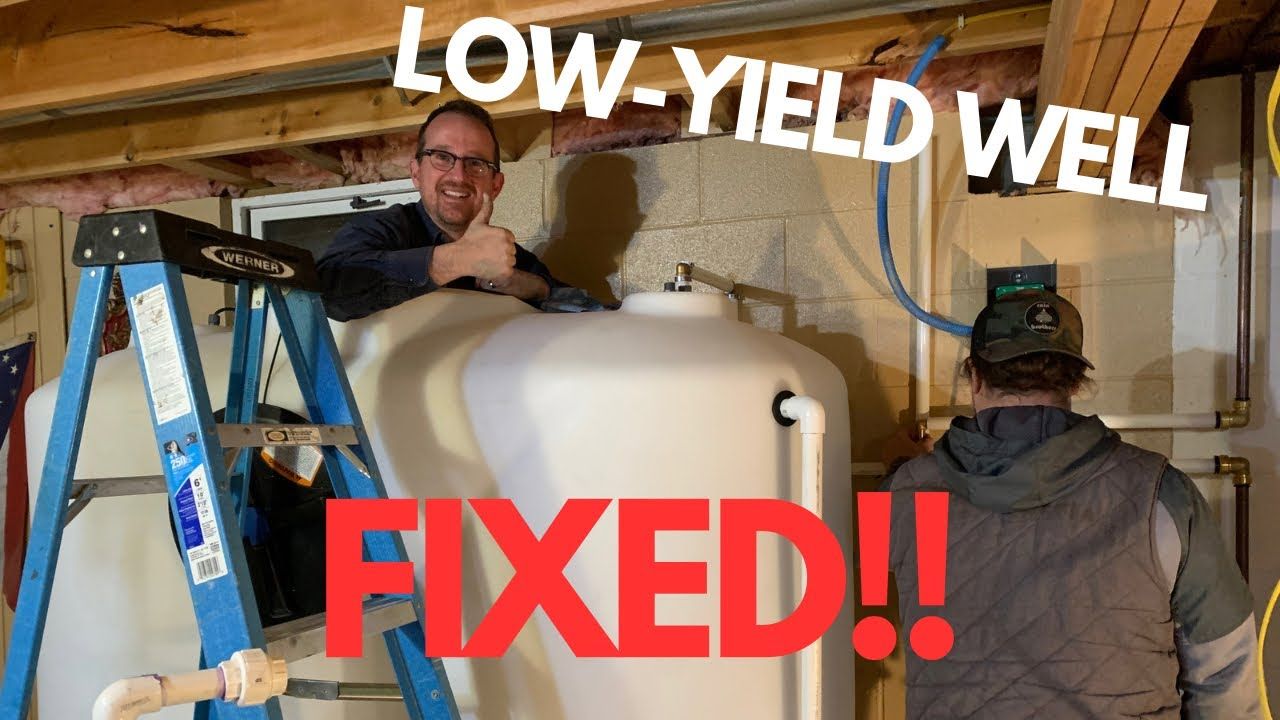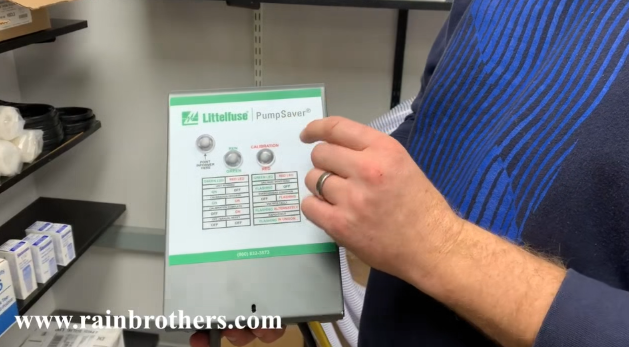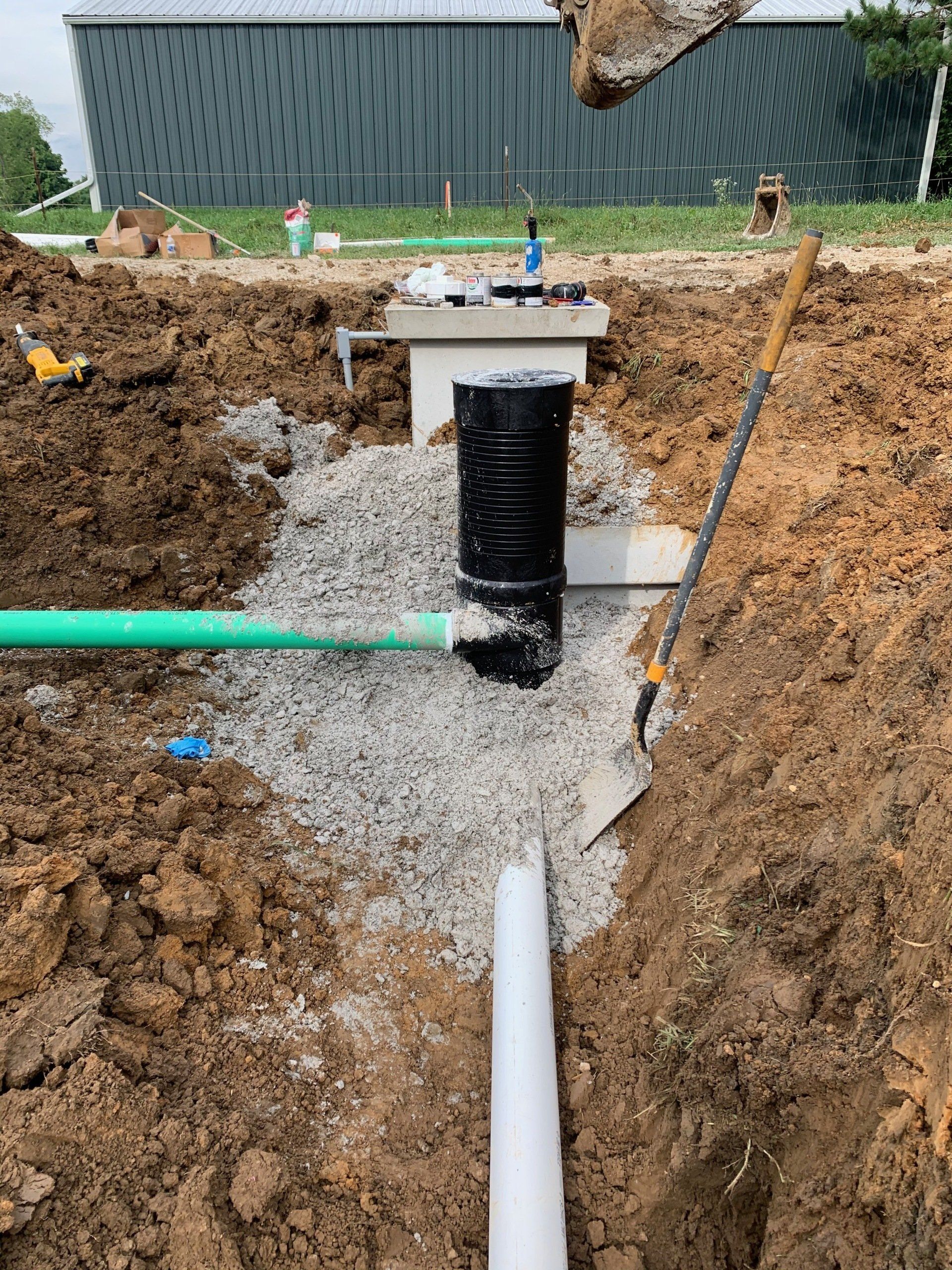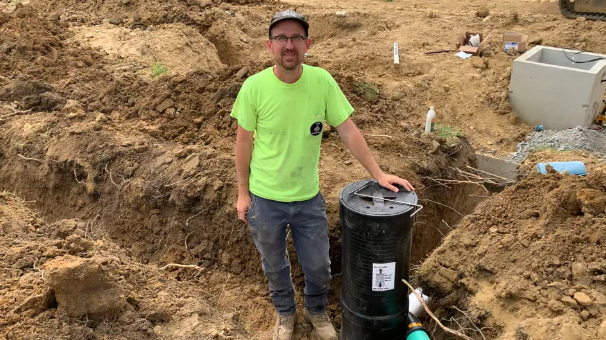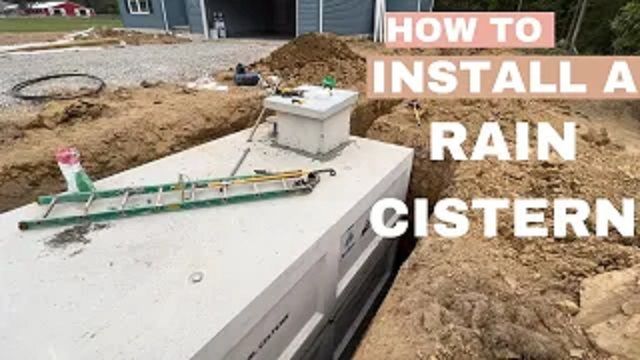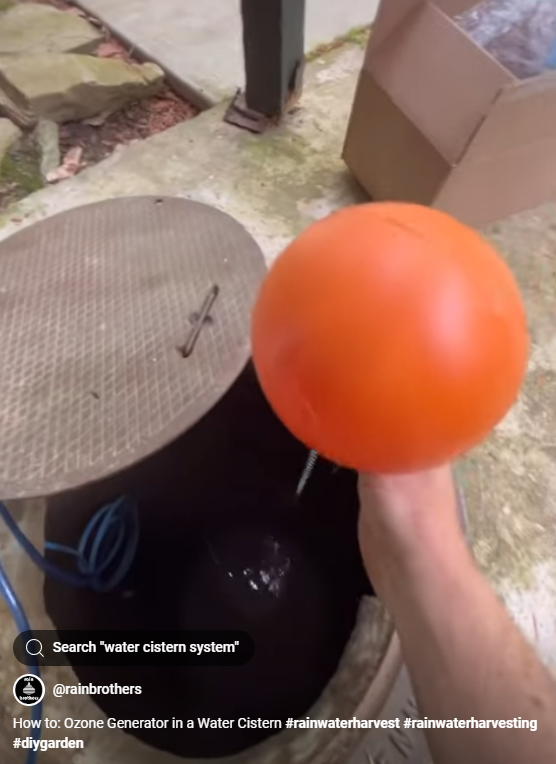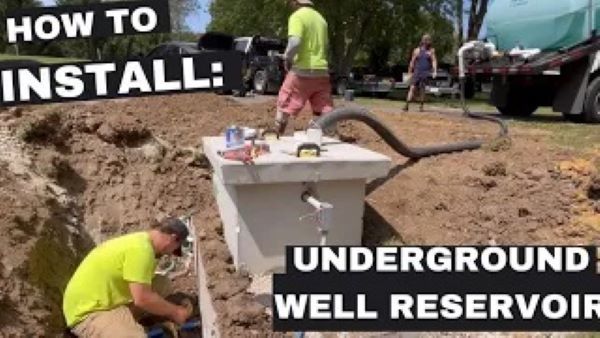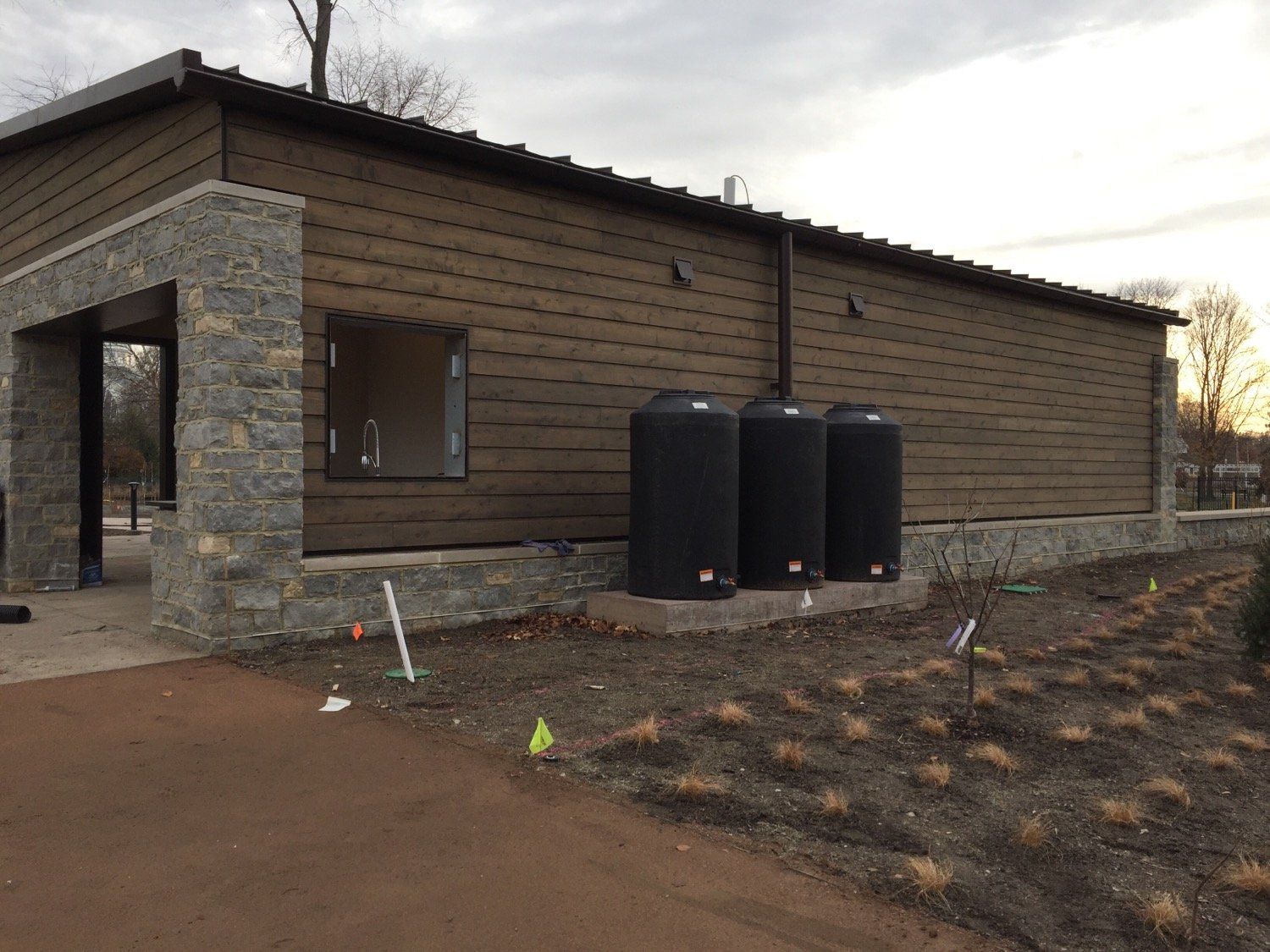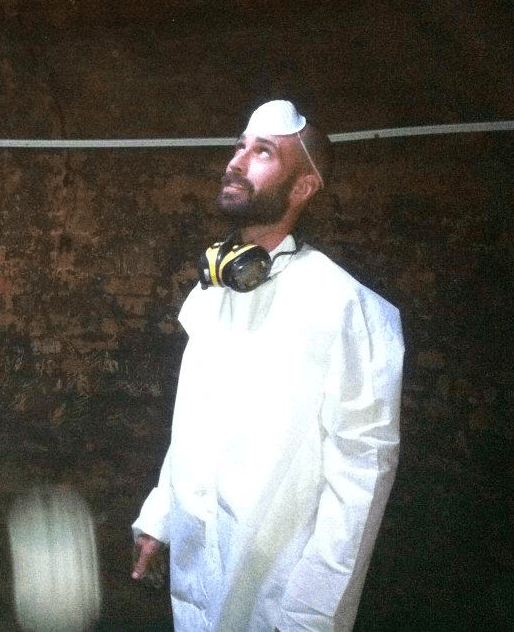Plumbing Rainwater Systems For Homes: What You Need To Know
Are you considering plumbing rainwater inside your home? It's a fantastic idea, but the legality can be complex. This tutorial will guide you through the legal landscape of using rainwater indoors, particularly if you have access to a public water supply. We will also explore the practicality and cost-effectiveness of such systems.
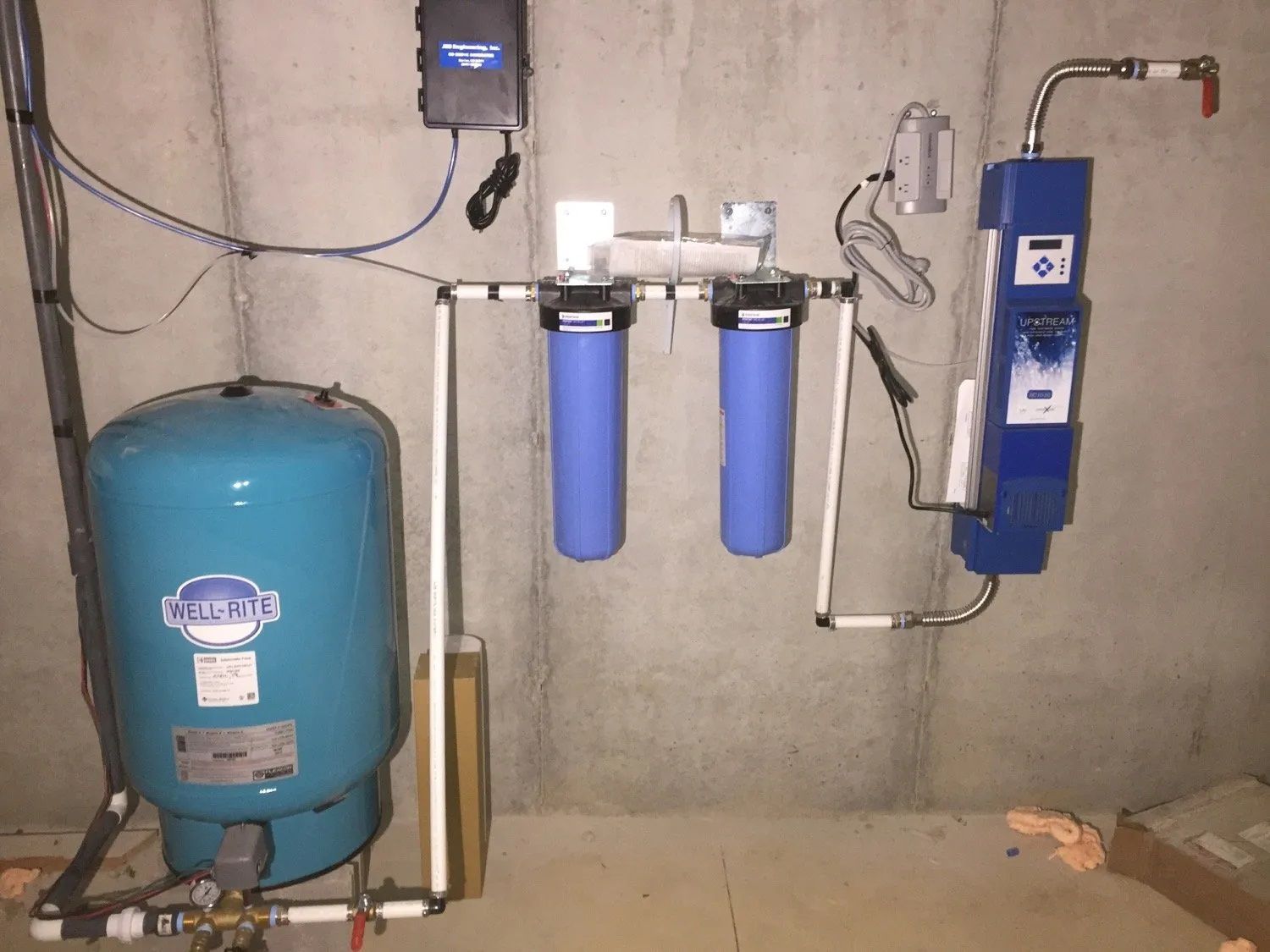
(Author's note: This article is an extension of a similar article we wrote last year entitled, "Is rainwater harvesting illegal?")
When considering plumbing rainwater systems for homes, whether it's to supply water for toilets, laundry, or outdoor use, there are a few key things you need to know:
Access to Public Water
If you're connected to a public water supply, incorporating rainwater into your home plumbing can be more complicated. The EPA prohibits homes from using both a municipal and a private water supply simultaneously, to prevent the risk of contamination. If your rainwater system isn’t properly installed, it could introduce bacteria into both your home and the municipal water system during a backflow event.
Working with Regulations
However, don't worry! Most local authorities will allow rainwater to be used for non-potable purposes (e.g., toilets, laundry, and outdoor irrigation) under certain conditions:
- Backflow prevention: You'll need an approved backflow prevention device installed on your municipal water main to ensure rainwater doesn’t contaminate the public supply.
- Separate plumbing: Rainwater must have its own plumbing lines to your non-potable fixtures. It can't be connected to any part of your municipal water system.
- Water meter: If you're connected to a city sewer system, you may need a meter on your rainwater system to calculate how much water you're sending into the sewer.
By ensuring these elements are part of your system, you're more likely to gain approval from local water departments.
Cost-Effectiveness
While it’s possible to use rainwater inside your home, we often recommend against it if you already have public water access. The cost of retrofitting an existing home can be high, and in many cases, switching to low-flow, dual-flush toilets is a more practical and cost-effective way to conserve water. However, if you're building a new home, incorporating a rainwater system for non-potable uses is more feasible and won’t add significant costs to the project. For most homeowners, using rainwater for outdoor irrigation offers the best return on investment and is a great way to lower water bills.
Off-Grid or No Public Water Access?
If you don’t have access to a municipal water supply, your options for plumbing rainwater into your home increase significantly. In many areas, it’s entirely legal to use a rainwater harvesting system as your primary water source, especially in regions like Ohio, where cisterns are common.
Conclusion
Plumbing rainwater systems into your home is a great way to reduce water consumption, but it requires careful planning and adherence to local regulations. For existing homes with public water, it’s often more practical to use rainwater for non-potable purposes like irrigation. For homes without public water access, rainwater systems can be an excellent primary source of water. Be sure to consult with local experts and authorities to ensure your system is both compliant and efficient.
If you need help designing or installing a rainwater system, feel free to reach out! We're here to guide you every step of the way.
In summary,
while plumbing rainwater inside your home is a great idea, navigating the legal landscape can be complex, especially if you have access to a public water supply. However, with proper planning and adherence to regulations, it is possible to use rainwater for non-potable purposes. If you don't have a municipal water supply, your chances improve significantly. Always consider the cost-effectiveness and practicality of such systems, and consult with local authorities to ensure compliance.
As always, thanks for reading.
